India inherited a dismal economy from the British rulers at the time of Independence in 1947. Even after almost six decades of developmental efforts, India is a low-income developing economy, facing the twin formidable problems of unemployment and poverty. Apart from low level of per capita income, factors affecting physical quality of life index are also reflective of poverty in India. The post-Independence economic development of India has focused on removal of poverty and unemployment. Various programmes/schemes were launched from time to time by the Central and State Governments to ameliorate the sufferings of the people, particularly rural population. In the wake of economic reforms, while the economy has performed well in terms of growth rate of GDP, its performance in the form of human development indicators has been unsatisfactory. Social sectors like health, family welfare, education, training, employment, women empowerment and rural infrastructure have lagged behind in the race for better standard of living. This book explains and examines various programmes and schemes of the Government of India to improve the living conditions of the vulnerable sections of Indian society and comments on their implementation. In all, 60 programmes and schemes, categorized in 9 theme parts, have been included in this volume. Some overlapping in categorization is possible because a programme/scheme may have multiple objective.
Poverty and Development Programmes in India
In stock
Free & Quick Delivery Worldwide
Bibliographic information
Title
Poverty and Development Programmes in India
Author
Edition
1st ed.
Publisher
ISBN
8177080881
Length
xvi+433p., Tables; 23cm.
Subjects

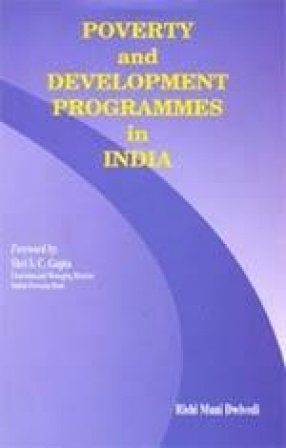
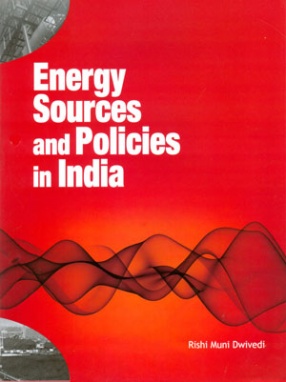

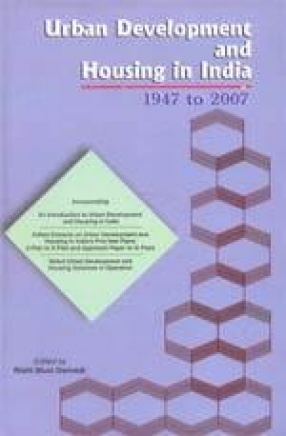
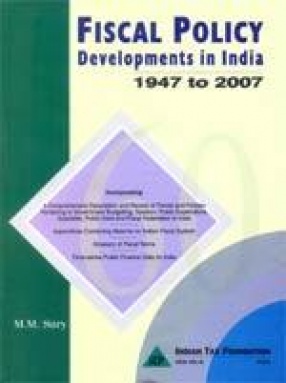
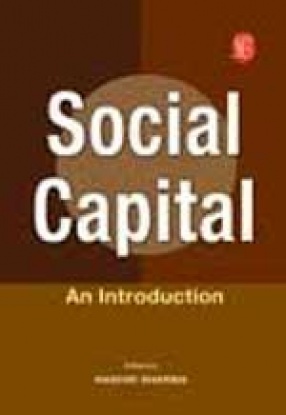

There are no reviews yet.